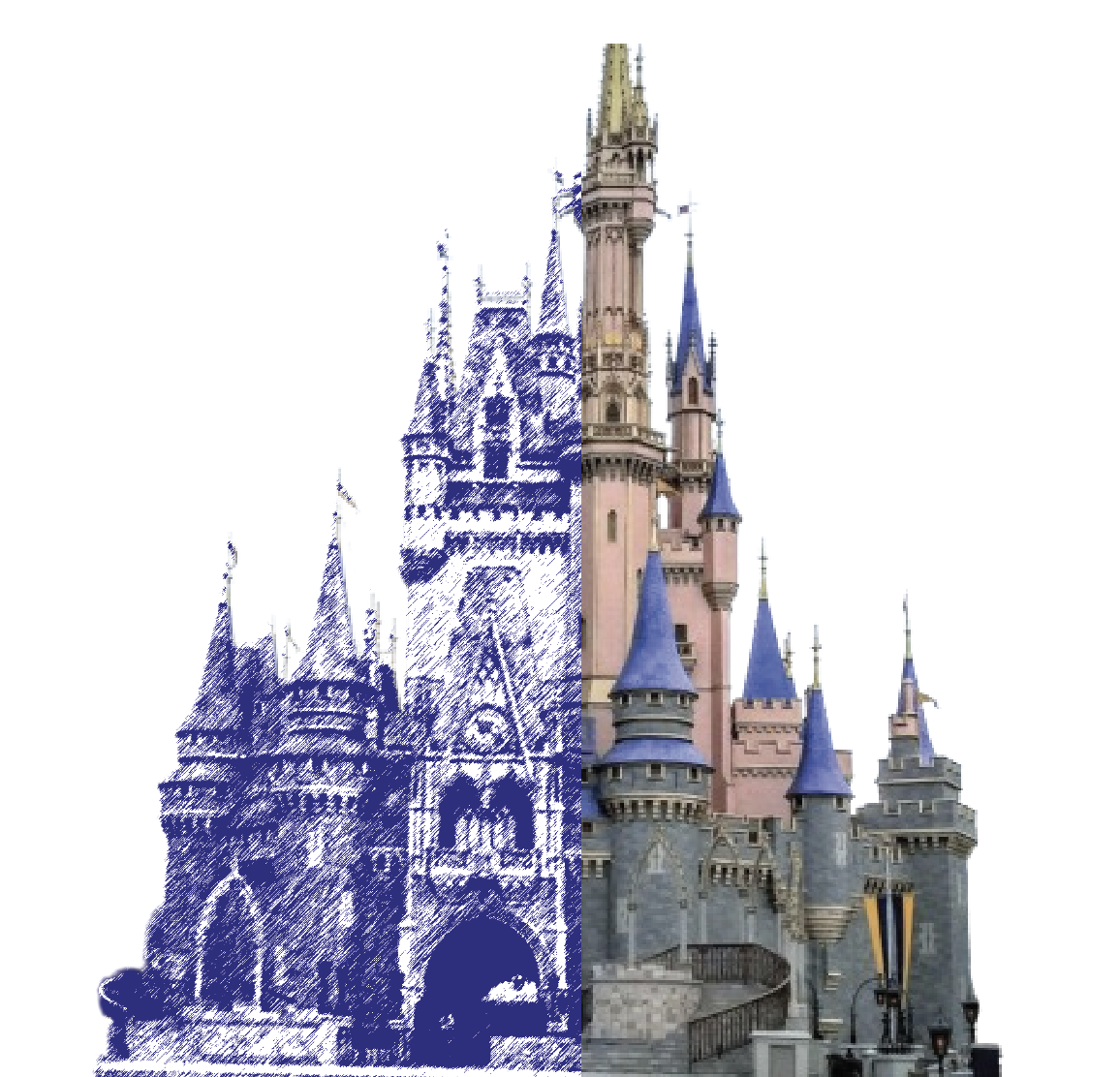The Christmas tree is an iconic holiday symbol, but with it comes the yearly debate between real trees or fake ones. While a natural Christmas tree is a timeless classic, many families have moved to a plastic or aluminium alternative. According to the American Christmas Tree Association, 94% of American families plan to put up a tree, but 77% of these families said they would be using an artificial one.
Fir trees were first used as Christmas decorations in the early 1600s. By the mid 1800s Christmas trees were a household staple in the United States. Most were small, often propped up on tables, and decorated with homemade ornaments. Over the years, more and more people opted for larger trees, and by the start of the 1900s most Christmas trees were full floor-to-ceiling sized. In the 1930s people began buying man-made trees, made out of other organic materials such as bush brussels. This was in tandem with the financial impacts of the Great Depression. At the time, people were short on money and looking for cheaper ways to celebrate
the holidays. Following this trend, companies began to commercialize the production of artificial trees. By 1950, plastic and aluminum Christmas trees were being mass produced.
Both artificial and natural trees typically cost around 70-100 dollars, however artificial trees can be reused every year, making the long term cost much cheaper. They provide more customization and consistency in appearance with a wide range of colors and sizes and often come pre-lit, saving you the trouble of untangling long strands of christmas lights. Also, they are non-allergenic and commonly fire resistant, making them less of a hazard. Artificial trees also eliminate the mess factor of living ones. At the end of the holiday season, instead of sweeping up hundreds of fir needles all you need to do is disassemble a few pieces and store them away until next year, though finding storage space can sometimes be problematic.
There are many advantages to artificial trees, especially in relation to convenience and practicality. Despite this, real trees have an undeniable charm about them that simply cannot be captured by plastic needles or aluminium branches. There are also major environmental advantages to real trees. Even though the vast majority of families have chosen artificial trees, Fox News found that around 30 million real trees are still bought each year. This means over 30 million trees for the purpose of becoming Christmas decor. These added trees spend their lifetime taking in carbon emissions to produce cleaner air. According to the
National Christmas Tree Association, a Christmas tree of average height takes around seven years to be fully grown. That means the tree has seven years to make up for any carbon emissions that are produced when the tree gets chopped down and shipped off at the end of its life. Artificial trees on the other hand only produce carbon, and a lot of it at that. In an article from EcoChain, it was found that, including all shipment and production, artificial trees produce around 16 times more carbon than regular trees throughout their lifetime. When artificial trees are discarded they often end up in landfills, which causes more pollution and plastic waste buildup. Their small needles may also fall off or break down and end up in soil or water sources as microplastics. In contrast, natural trees are completely biodegradable and will not cause any additional harm to the environment once tossed out.
Both fake and real Christmas trees certainly have advantages and disadvantages. Artificial trees are cost efficient, convenient, and rapidly growing in popularity. On the other hand, natural trees are more sustainable, traditional, and less environmentally harmful. The question of which tree is better really boils down to personal preferences and beliefs, making it a hard debate to settle. Whether artificial or natural, the Christmas tree remains a central part of the holiday season and Christmas cheer.








